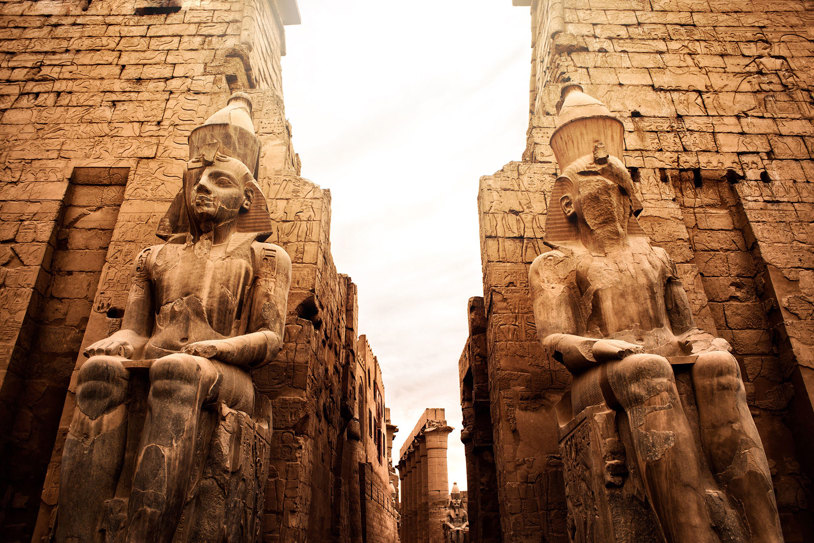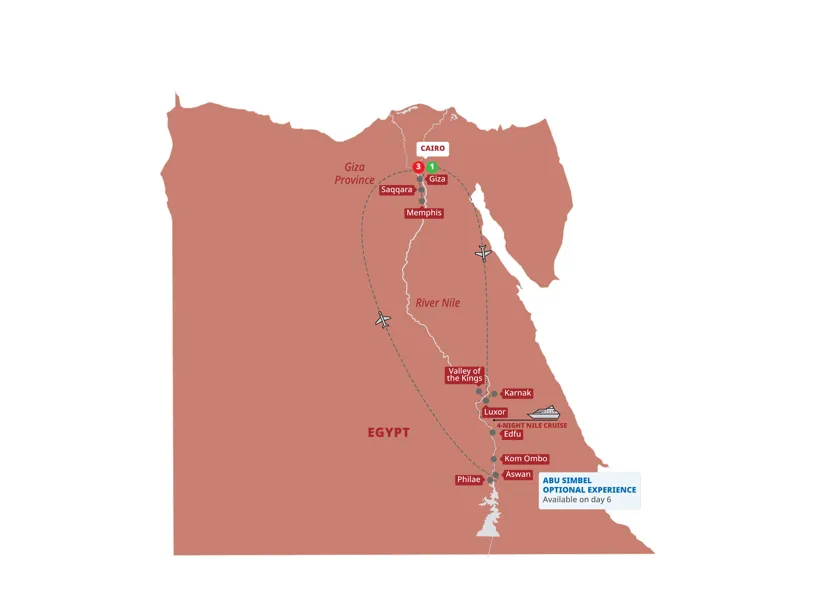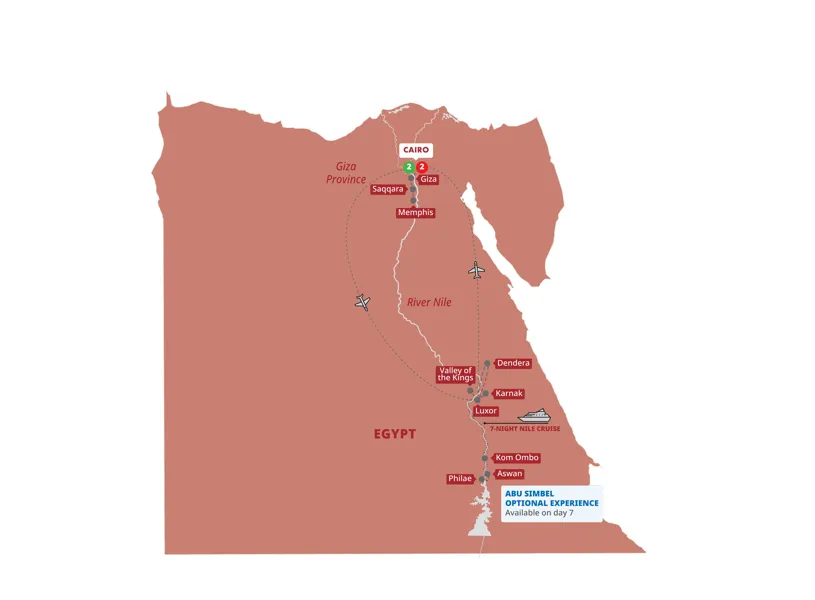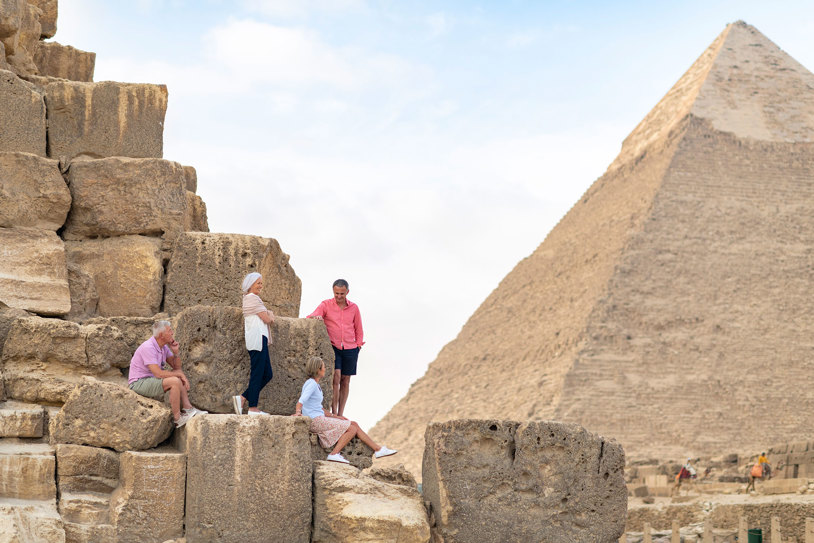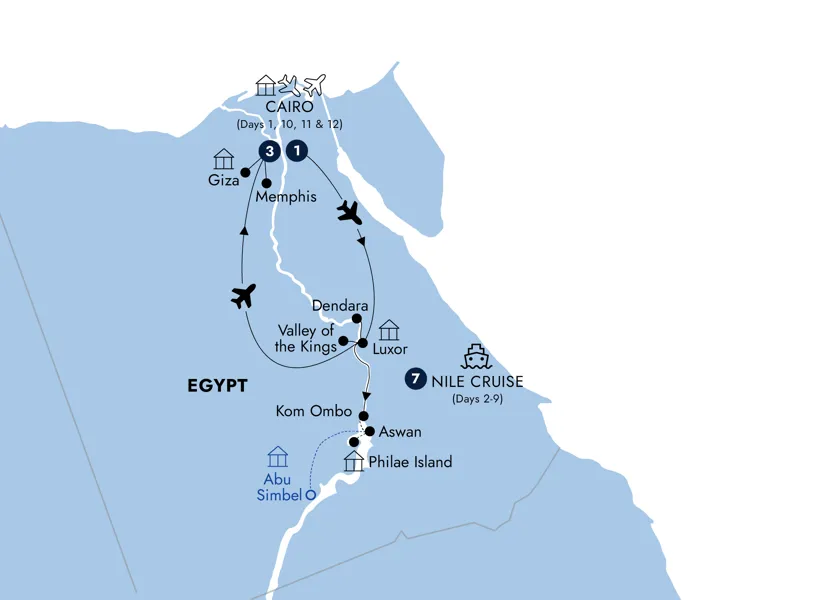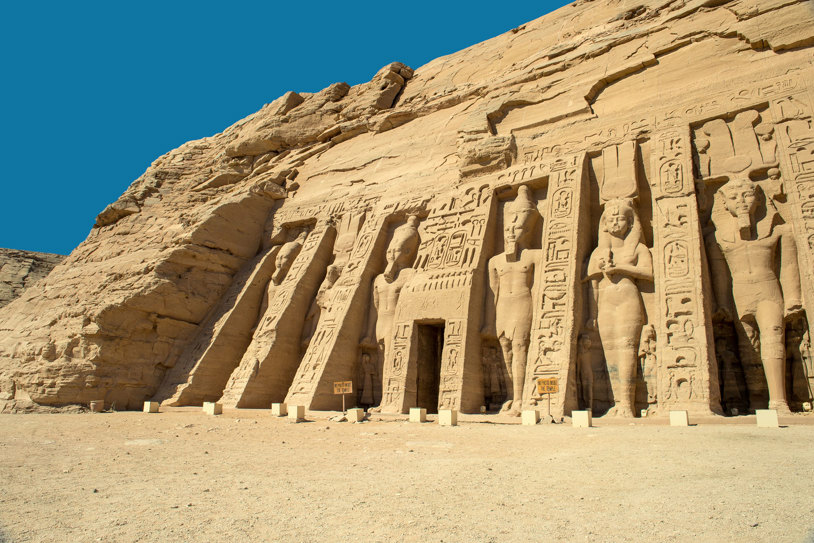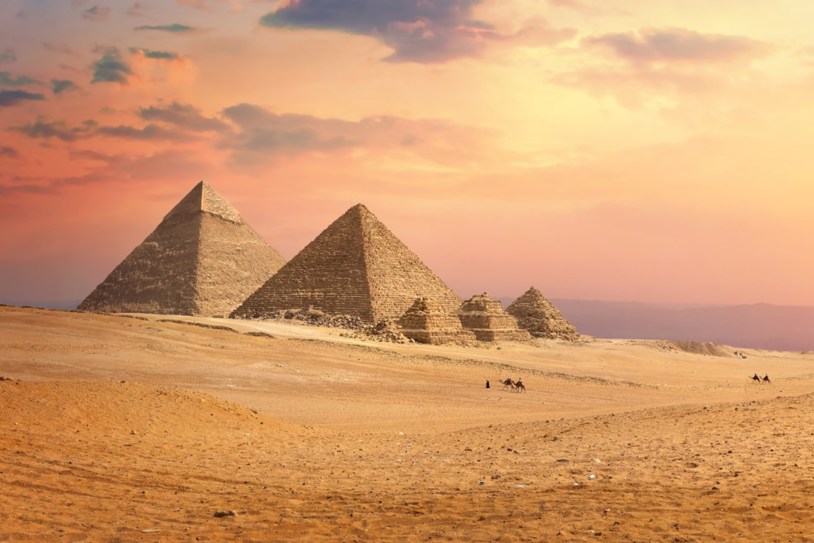Step back in time to stand in awe of the pyramids, the Great Sphinx, or Tutankhamun's treasures. Egypt is an absolutely incredible place to visit.
Famous Attractions
and Sites to See in Egypt
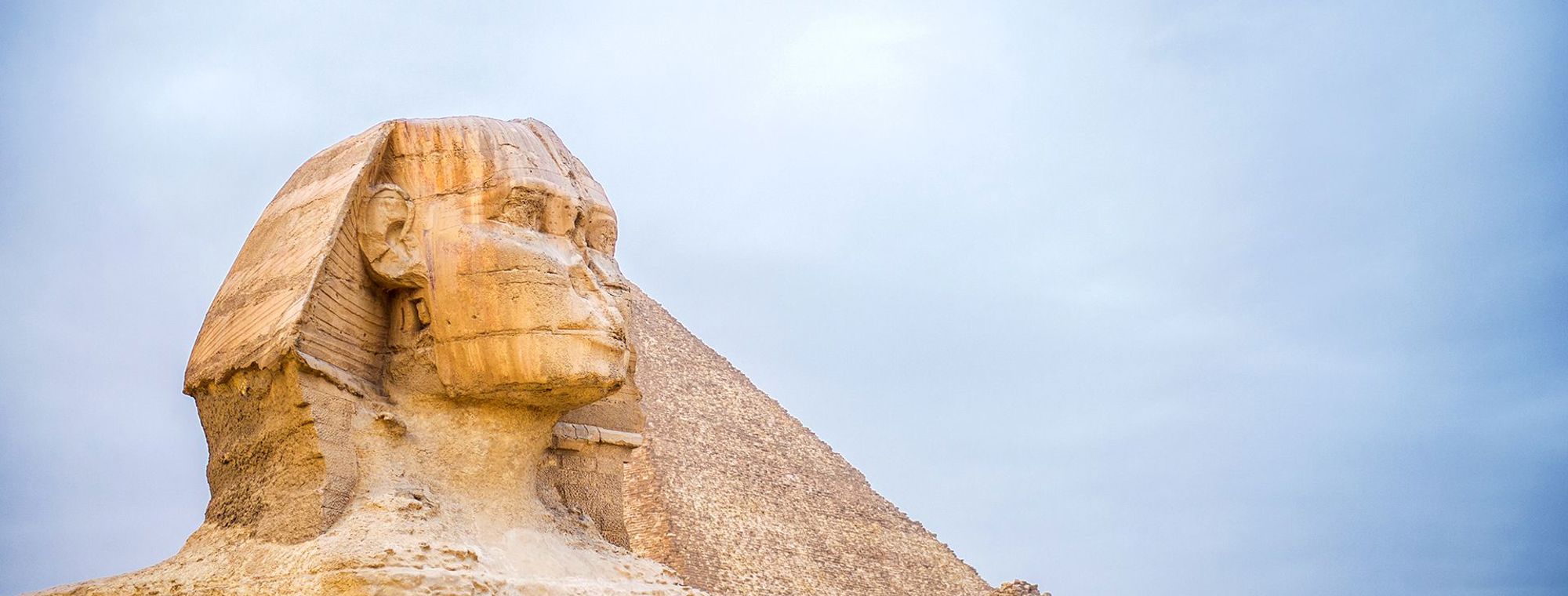
There Are So Many Things to See in Egypt
With its pyramids and gold pharaohs, towering temples, and cursed tombs, it’s no wonder Egypt's been on the tourist trail for the last 4,500 years. A vacation in Egypt will take you back in time to one of the world's first civilizations. Here are some of the top sites you can’t miss on a trip to Egypt.
The Valley of the Kings
Also known as The Memphis Necropolis, and the Valley of the Gates of the Kings, the valley is a vast plain in the Sahara desert with clusters of pyramids, temples, and monuments, arising out of the sands. The Valley was a royal burial chamber for nearly 500 years and has over 60 tombs. Here, you'll find one of the most recognizable statues in the world, the Great Sphinx along with the famous Pyramids of Giza, and the ancient Step Pyramid.
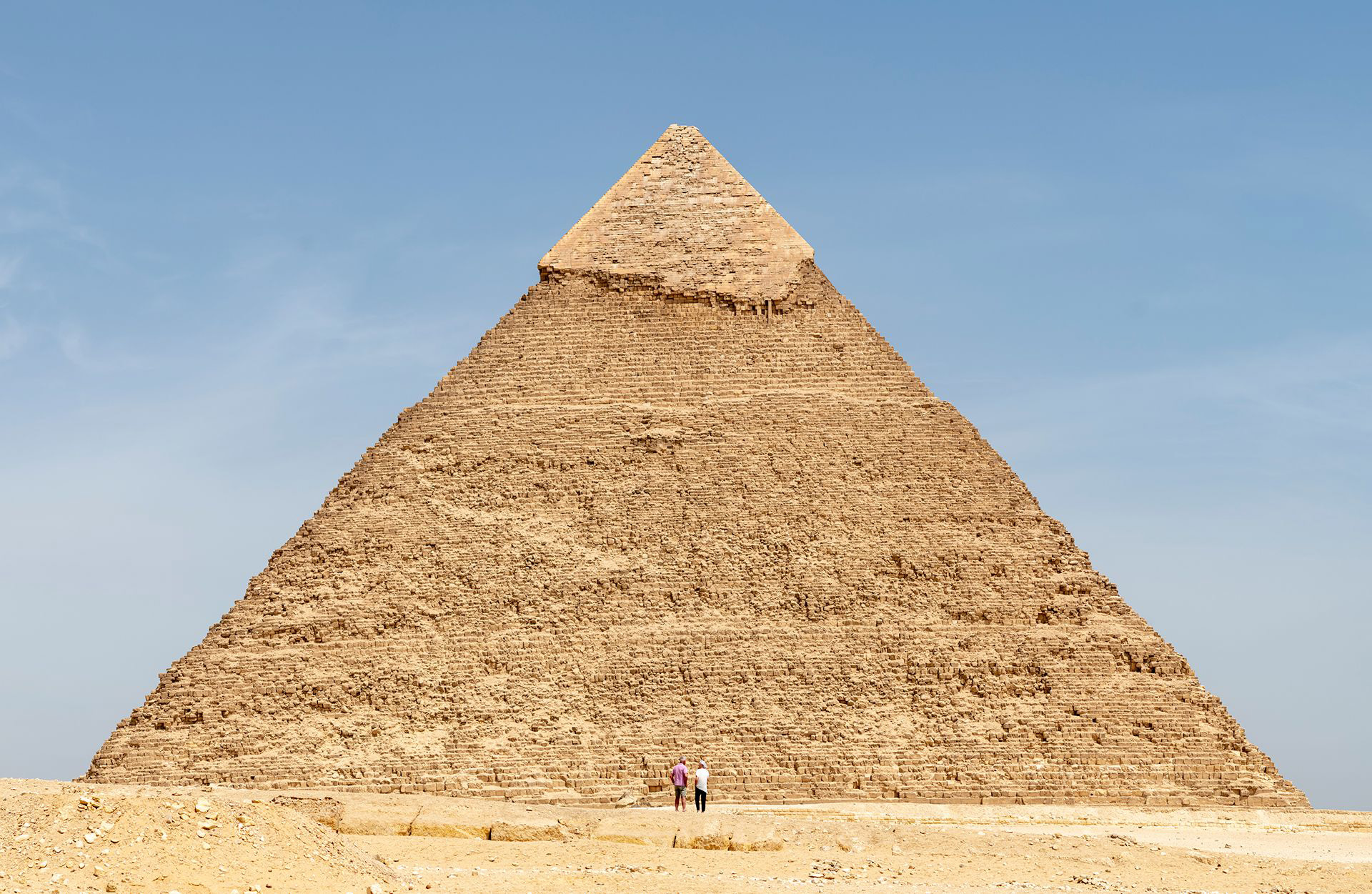
The Wondrous Pyramids of Giza
Of all the Seven Wonders of the Ancient World only one survives, and it’s in Giza on the outskirts of Cairo. The Pyramids of Giza are some of the world’s most recognizable architectural structures and still dominate the skyline 4,500 years after their construction. Originally cased in smooth white limestone, the pyramids were built as mortuary tombs for Egypt's pharaohs.
The Pyramids of Dahshur and Saqqara
Of course, you're going to want to see the Great Pyramids of Giza, but they are only one part of the Memphis Necropolis. The two lesser-known royal necropolises, Dahshur and Saqqara are both very much worth a visit. Dahshur is known for its clusters of pyramids, most importantly two of which are among the oldest, largest, and best-preserved in Egypt. Another reason to visit Dahshure is the newer tunnel that goes into the heart of the Bent Pyramid.
The Saqqara is still revealing treasures from antiquity as it encompasses a vast, ancient burial ground of Egyptian kings and royals. Saqqara is the site of the oldest complete stone building complex known in history, the world-famous Pyramid of Djoser, otherwise known as the Step Pyramid of Djoser (or Zoser). Well worth the visit.
Luxor, the Ancient City of Thebes
Luxor was the great capital of Upper Egypt during the New Kingdom. If there remains today an example of perfect symmetry to ancient Egypt’s seat of political and religious power, it's Luxor. Points of interest include the avenue of ram-headed sphinxes, the huge columns of the vast Hypostyle Hall, and the Temple of Hathor. The temple, built in the 1st century BC, remains one of the best-preserved temples in all of Egypt and contains a rare depiction of Cleopatra VII and Caesarian, the son of Julius Caesar.
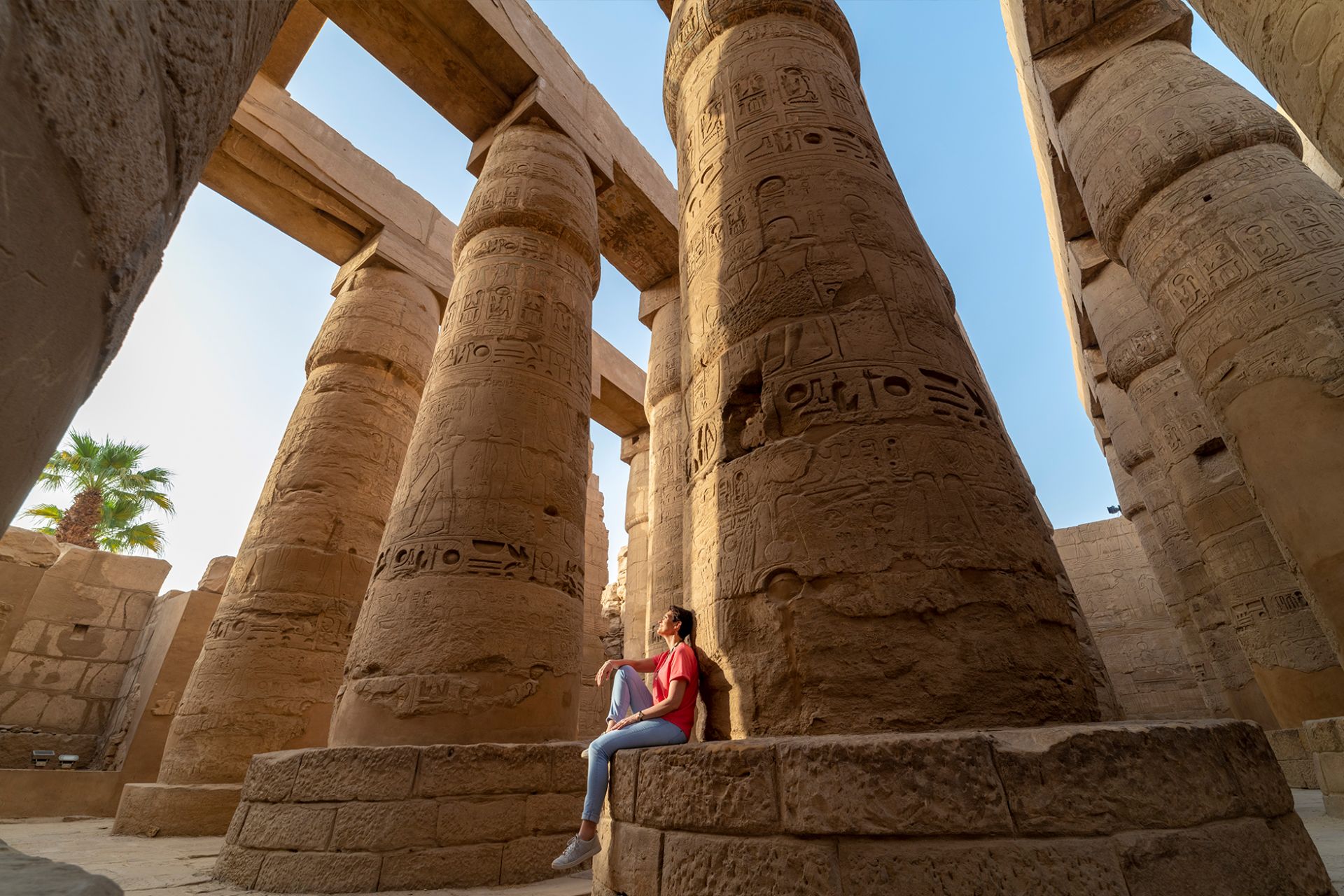
The East Bank of Luxor
The East Bank celebrates the rising sun and life with the world’s largest ancient religious complex. The Temple Complex of Luxor was the largest and most significant religious center in ancient Egypt. A UNESCO World Heritage Site worthy of your attention is the Temple of Luxor. Founded in 1,400 BC during Thebe's Golden Age, it is a stunning sight at sunset. The most visited of the sites here is the Great Colonnade of the Hypostyle Hall with almost 30 columns still standing at 20 feet high. Nearby, the Karnak Temple Complex is an array of ancient temples, chapels, pylons, and the famous Avenue of the Rams.
The West Bank of Luxor
Across the river, the West Bank is the land of sunset and death. Here, you'll find the site of the Memorial Temple of Hatshepsut, the final resting place of Egypt's first female pharaoh who ruled from 1,479 to 1,458 BC. The West Bank of Luxor is also where the famed Valley of the Kings lies, its pyramids a reminder of the death honored by building on the side of the Nile in which the sun sets. The most colorful subterranean mausoleums include the richly colored tombs of Ramesses V and VI and Seti I. It’s all tied neatly together by a visit to the Luxor Museum.
Coptic Cairo's Religious Sites
With sites dating from the birth of Christ, Coptic Cairo is a wealth of early Christian landmarks, including the Church of St Sergius and Bacchus, where the Holy Family is said to have hidden from King Herod’s massacre of all firstborn sons.
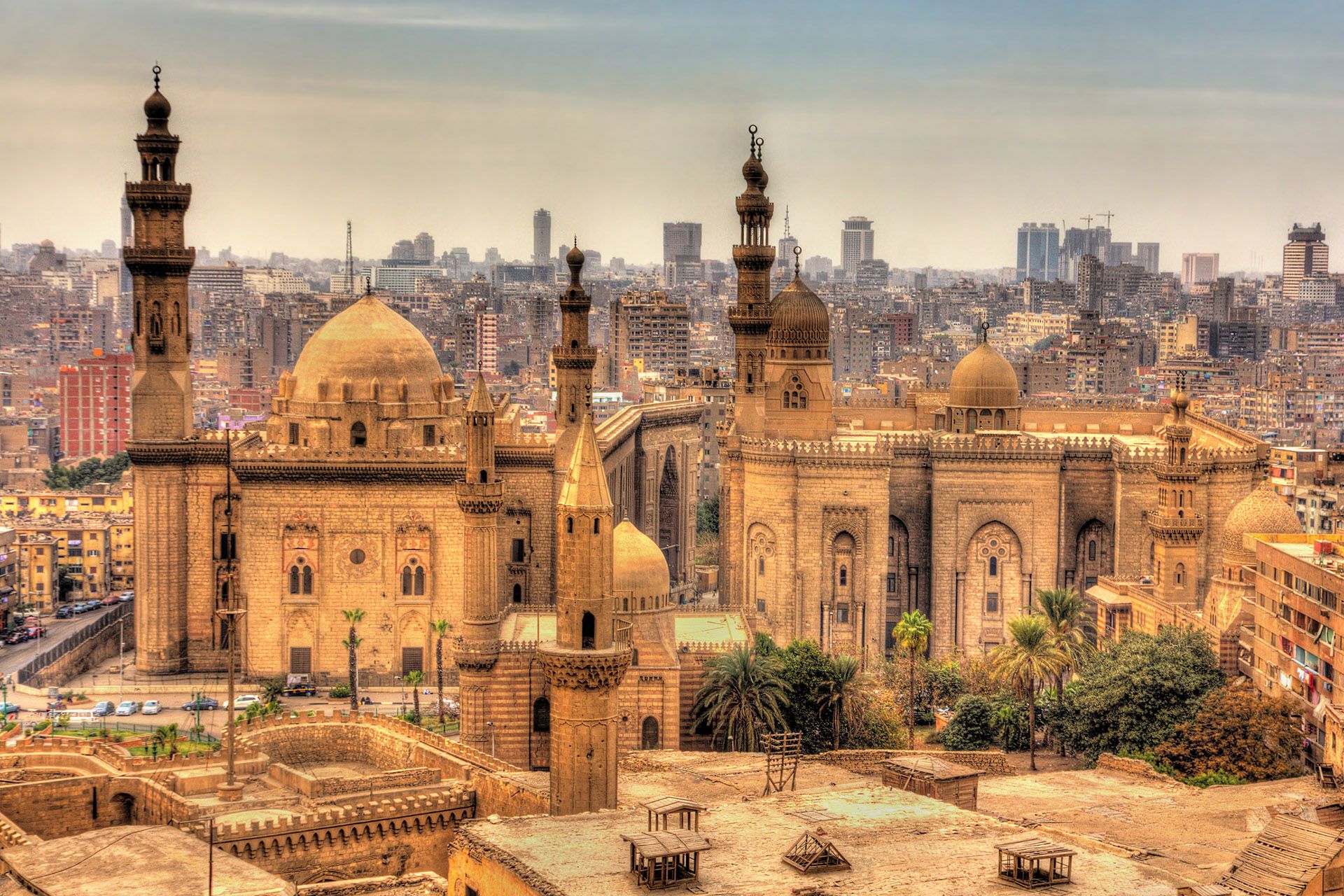
At 1,000 years old, Cairo’s medieval palace walk may not be considered ancient, but the palaces, mosques, hospitals, and caravanserais that line Sharia al Muizz, Islamic Cairo’s main thoroughfare, must not be missed. Gorgeously turreted, the buildings are capped with domes and minarets, while the cool interiors are fabulously inlaid with exotic carved timbers, marble columns, and intricate calligraphy.
The Temples of Upper Egypt
The best way to explore the temples of antiquity built around Luxor is by boat on the serene waters of the Nile.
Temples in Dendera, Edfu, and Aswan
To the north, the Temple of Hathor in Dendera is small, but significant because Hathor was the mother of all gods. To the south, the Temple of Horus at Edfu is famed for its staggering proportions. Further south, in Aswan, the riverside Temple of Kom Ombo is unique in that it was built for two gods, not in the typical style to honor a single god. Also in Aswan, is the Temple of Philae, one of 20 ancient sites rescued from flooding in the 1960s. While some temples were transported as far as New York, Philae’s new home is a tiny island, a short boat ride from Aswan’s marina.
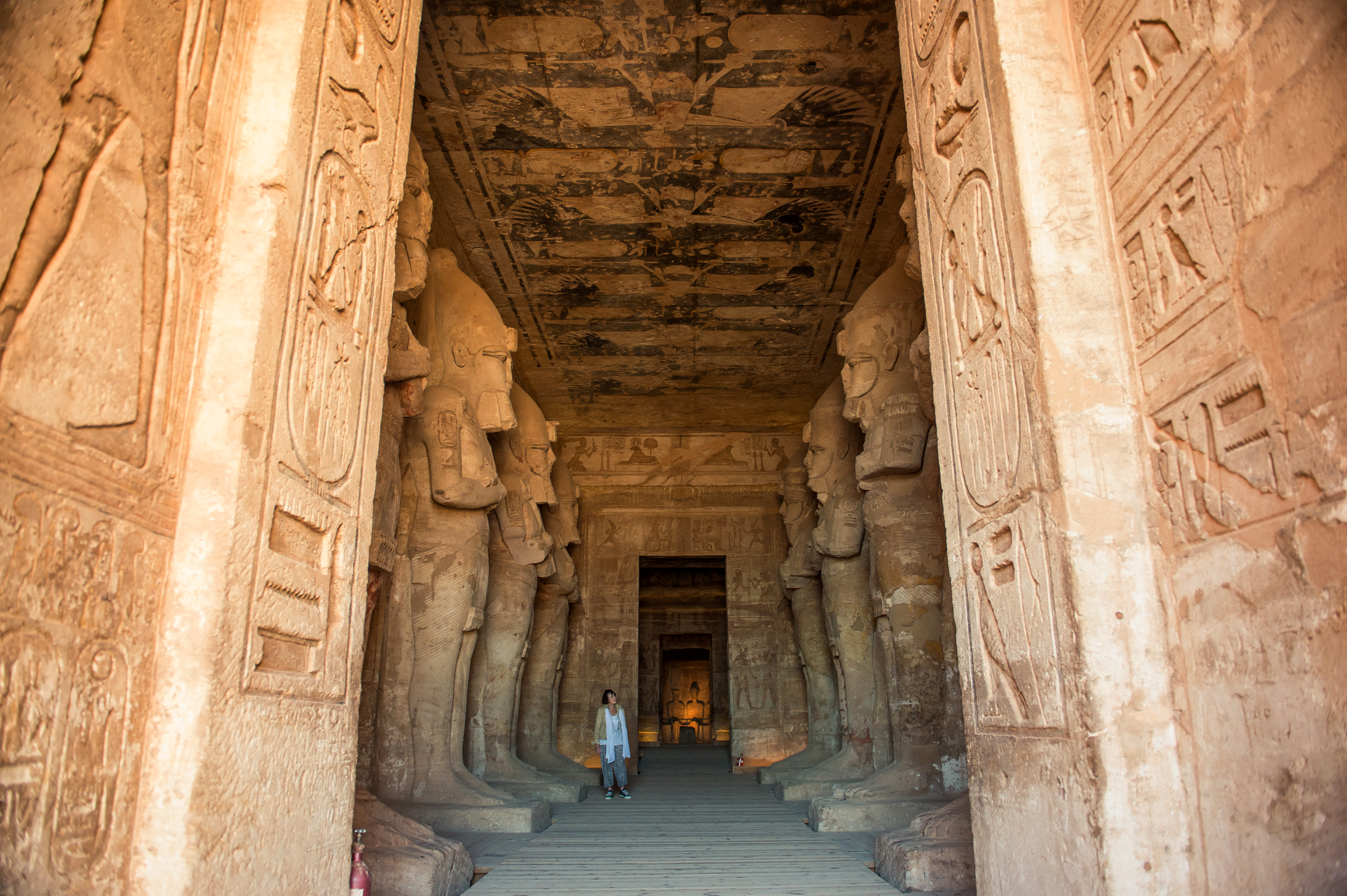
Abu Simbel
One of Upper Egypt’s brightest stars is Abu Simbel. Carved out of the mountainside, the twin temples of Abu Simble were constructed in the 13th century BC, during the reign of Ramesses II. Standing at the feet of gods, visitors are towered over by the colossal nearly 66-foot high statues of Ramses II. Smaller statues of his wife, Nefertari, and their children are also carved into the stone double temples. After the fall of the 19th dynasty, by the 6th century BC, the desert had taken back the temples. When it was rediscovered in 1813, all that could be seen was the top frieze of the main temple. It's said that the entrance of the main temple allowed rays of the sun to illuminate the statues of the pharaoh on the back wall at certain moments, only twice every year.
The Grand Egyptian Museum (GEM)
The GEM is the largest archaeological museum in the world.
With panoramic views of the Pyramids of Giza, the museum houses the greatest collection of artifacts from ancient Egypt.



